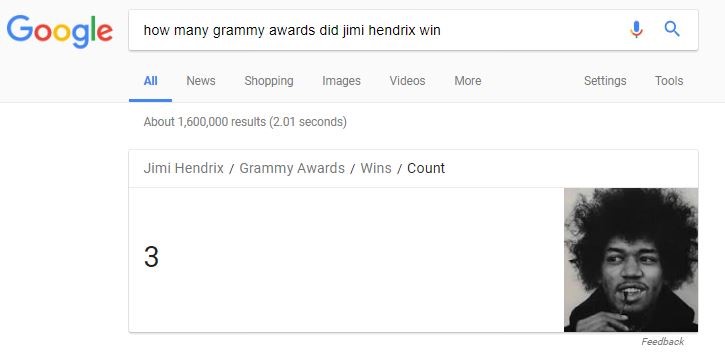For around 25 years, people in the SEO world have been searching and scouring for ways to improve organic search rankings. Much like most of the world has, SEO has evolved immensely in the last quarter century. The evolution of SEO has been led by companies like Google and Yahoo. In the early days of SEO, the Internet was almost like the wild west. There were little rules. Keyword stuffing, which is now frowned upon, used to be one of the most prominent SEO techniques to boost organic rankings, along with excessive tagging and backlinking that was often spammy and shady. Techniques like keywords stuffing were eliminated when Google changed their ranking process when they introduced the Hummingbird Algorithm.
The Hummingbird Algorithm made it so that Google would understand exactly what individual web pages were about. In the past, Google would determine a page’s topic by strictly looking at the keywords that appeared on that web page. If a page had a keyword that appeared “X” amount of times, Google determined that is what the page was about. Now, Google understands the topics of a search and ranks pages accordingly. Here’s an example – you search “how many grammy awards did jimi hendrix win?”

Google doesn’t look for pages that contain the specific long tail keyword “how many grammy awards did jimi hendrix win.” Instead, Google understands the meaning of the search context and provides a rich snippet with the answer.

With the switch to the Hummingbird Algorithm, those who work in SEO had to change their practices and techniques to accommodate. The amount of different practices and techniques that Google includes in their algorithm is tremendous. Some have a greater effect than others, but all are important, and every little bit truly does help. Below we’ve explored and discussed a few things that Google is looking for regarding SEO, and a couple of practices and techniques to implement for your website.
- Content is King
First and foremost, your site/web page needs to contain content. That may seem obvious, but many web pages have either minimal content or none at all. There is no exact word count that Google looks for, but as a target, each page on a website should have around 300 words. This will allow you to at least get across what the page is about with context. Pictures, videos, graphs, charts, etc., are also forms of content and are even more valuable to a web page than written content.
- Keyword vs. Topic for Blogs
SEO experts have gone back and forth on whether to focus a blog on one specific keyword or to focus on an overarching topic. So, who’s right? Well, both are right. Make sure that your blogs are focused on topics that are frequently searched by your target market in your industry, and at the same time, you want that blog to contain specific keywords that are also searched frequently. Also, ensuring that everything flows smoothly while including specific keywords is equally as important.
- Theory of Organic Quality Score
Much like other algorithms associated with SEO, Organic Quality Score is not a definitive algorithm that Google has flat out said exists, but many SEO industry experts are convinced that it does exist. Organic Quality Score is a web page ranking algorithm that accounts for a website’s content and depending on the quality of the content, determined by this algorithm, ranks it accordingly. Basically, making sure you have high-quality content and that your website functions properly will boost your SEO rankings. There are a number of actions you can take to improve your site’s Organic Quality Score, but we’ll save that for another time.
- If It Ain’t Broke Don’t Fix It
Some “old school” SEO techniques that are still effective today, but often overlooked. Writing a proper meta description that is effective in describing what that web page is about all under 156-characters is one practice. Additionally, making sure that you write alt-tags for every, yes every, photo on your website, is important. Ensuring that titles are written effectively is another old-school technique that provides value. Finally, URL structure and menu structure. You want your URL to describe the web page properly, and the best way to do this is to keep it short, simple, and concise. The same goes for your menu structure. The tabs on your web page should allow visitors to know exactly where they are going.
The team at LeadPlan Marketing implements each of the practices and techniques listed above, and much more, into each SEO project. Being one of the top SEO companies in Traverse City, we are dedicated to making our clients rank at the top of different searches, no matter their industry. To find out more about our SEO services contact our team today at info@leadplanmarketing.com, or if you’d like to see how your current site’s SEO is stacking up, fill out our SEO Audit Tool for a customized report prepared by the team here at LeadPlan.

Thanks for sharing that great information